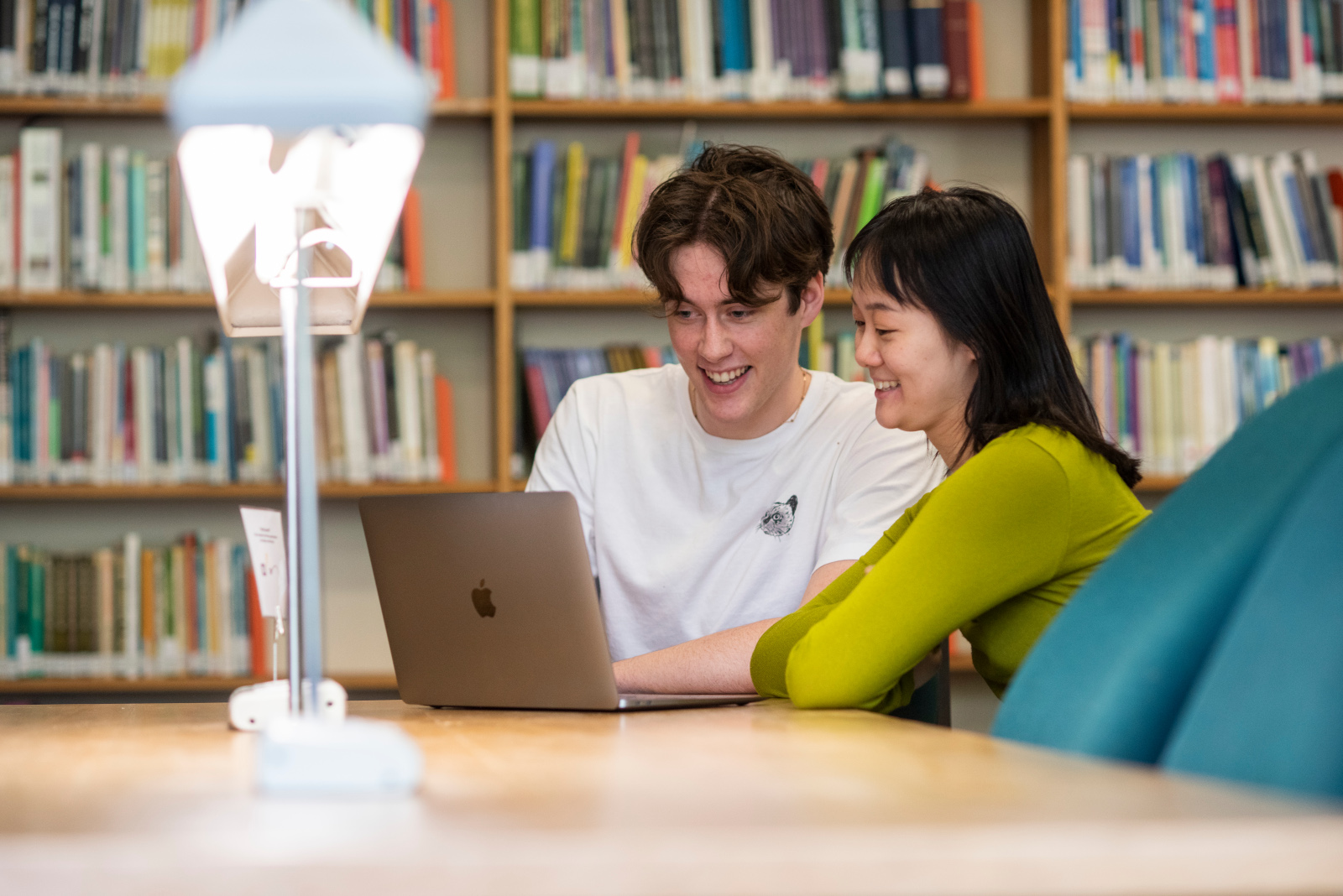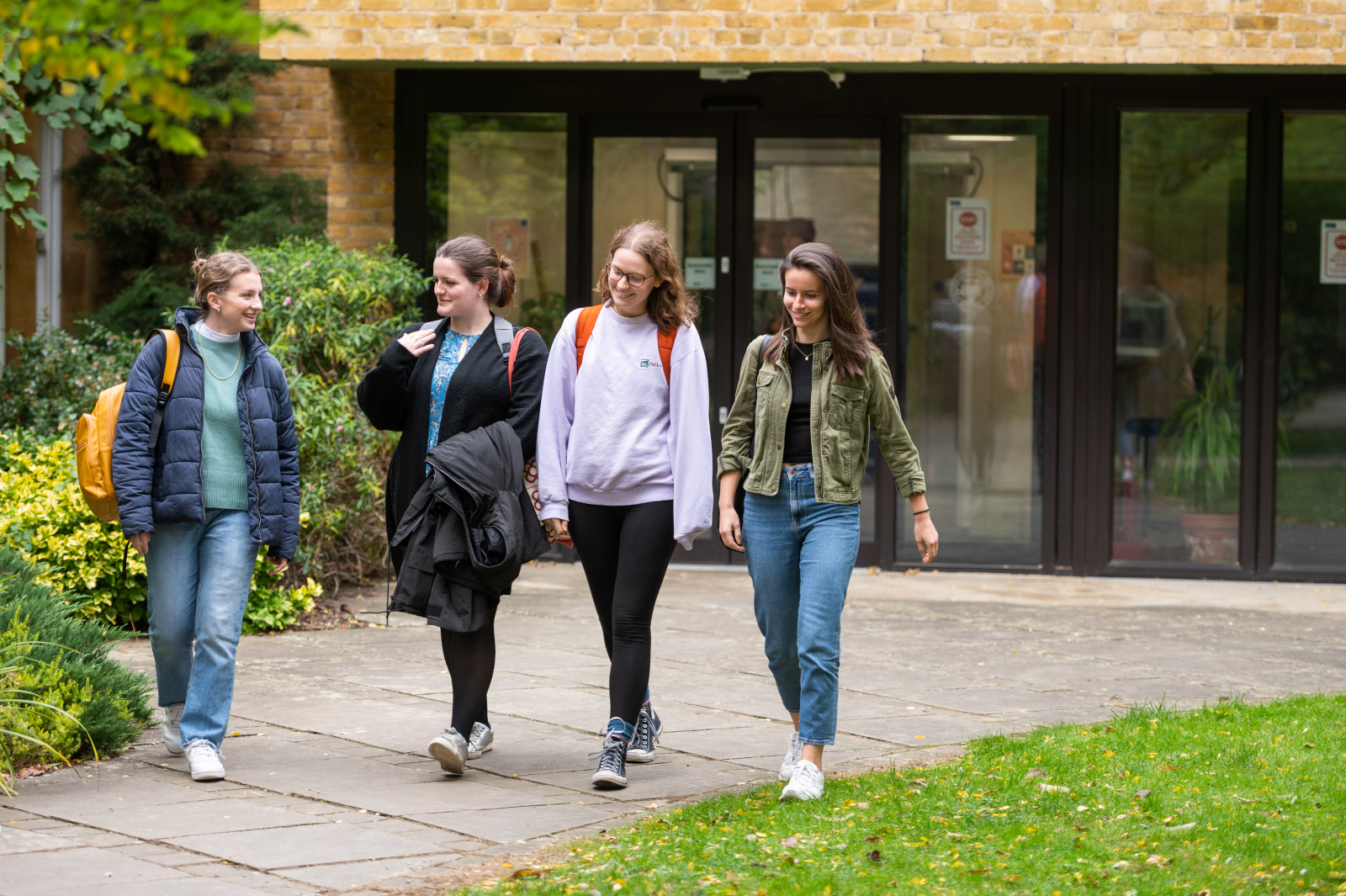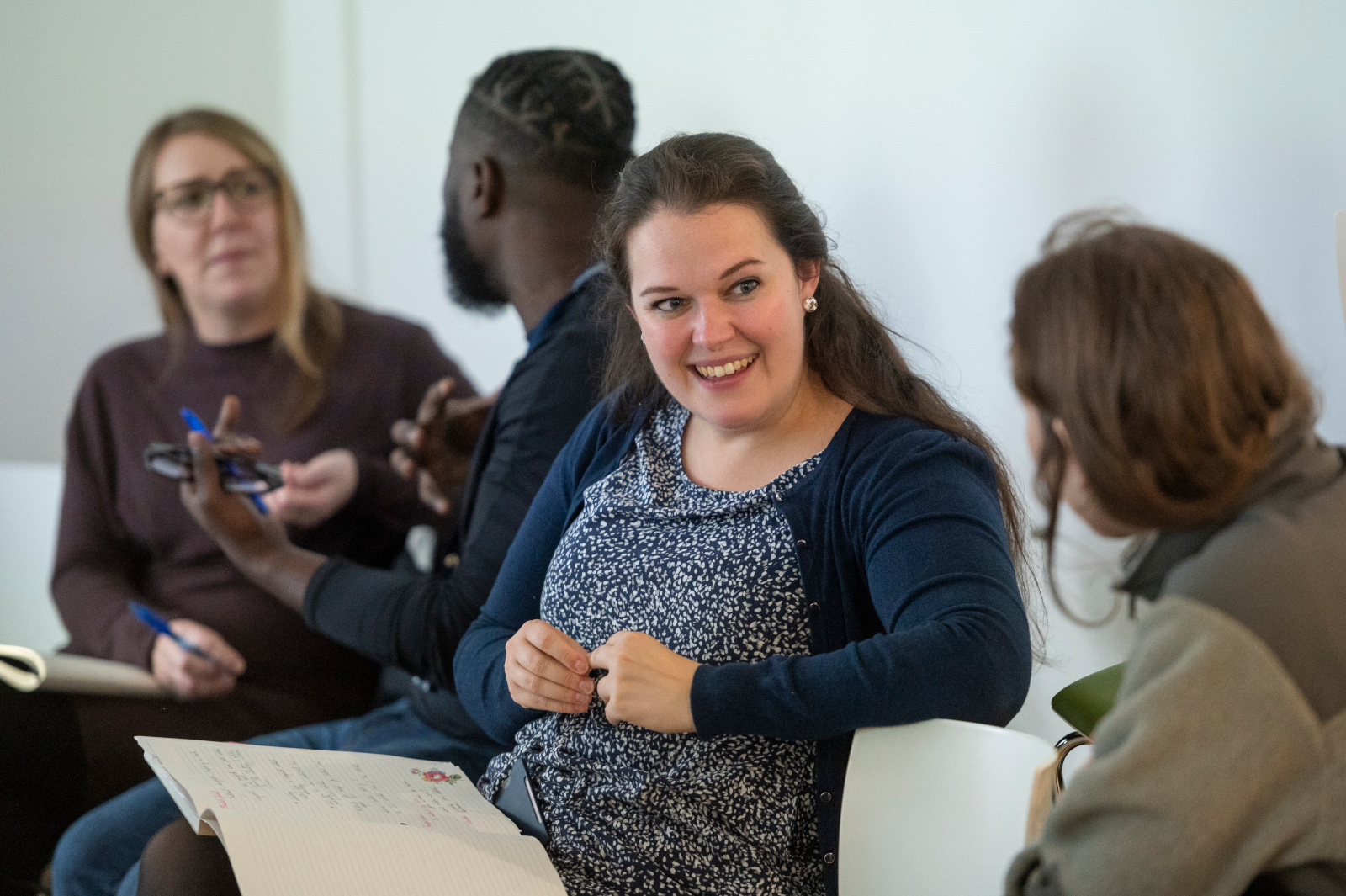Eva is originally from Battipaglia, Italy. She studied Psychology in Parma and obtained her PhD in Cognitive Neuroscience in 2019 from the International School for Advanced Studies (SISSA), in Trieste, Italy. After her PhD, Eva continued her scientific journey as a Leverhulme Trust Research Fellow at the University of Oxford, in the Department of Education, where she still holds a position as an Honorary Research Fellow.
During her time at Oxford, she combined language learning experiments and computational modelling to probe how people learn and process novel words in their first and second language. This scientific journey led her to develop a passion for programming experiments, and applying computational modelling techniques to a variety of research questions alongside her analytical skills.
In her role as Hononary Research Fellow for the Department of Education, Eva combines her scientific background with her software development skills to code reliable and engaging digital experiments for large-scale data collection with children and adults. Moreover, she contributes to advise and assist PhD students regarding best practices in scientific research.
In May 2022, Eva moved to Amsterdam to join the Netherlands’ national centre for academic research software (the eScience Center) as a Research Software Engineer.
Publications
- Viviani, E., Ramscar, R. & Wonnacott, E. (2022) Go above and beyond: Does input variability affect children’s ability to learn spatial adpositions in a novel language? Stage 1 IPA Registered Report. Peer Community In.
- Viviani, E., & Crepaldi, D. (2022). Masked morphological priming and sensitivity to the statistical structure of form–to–meaning mapping in L2. Journal of Cognition, 5(1).
- Viviani, E. (2022). Comprehending peanuts in love. Nature Reviews Psychology, 1(3), 130-130.
- Vidal, Y., Viviani, E., Zoccolan, D., & Crepaldi, D. (2021). A general-purpose mechanism of visual feature association in visual word identification and beyond. Current Biology, 31(6), 1261-1267.
- Viviani, E., & Bruno, N. (2017). Learning to draw: Does the inversion technique work?. Psihologija, 50(3), 271-283.






